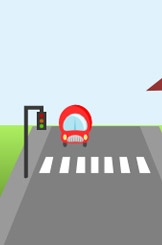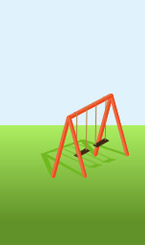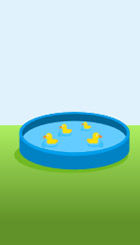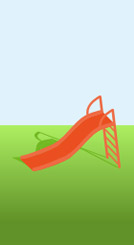Child Restraints
CHILD RESTRAINT FITTING AND CHECKING AVAILABLE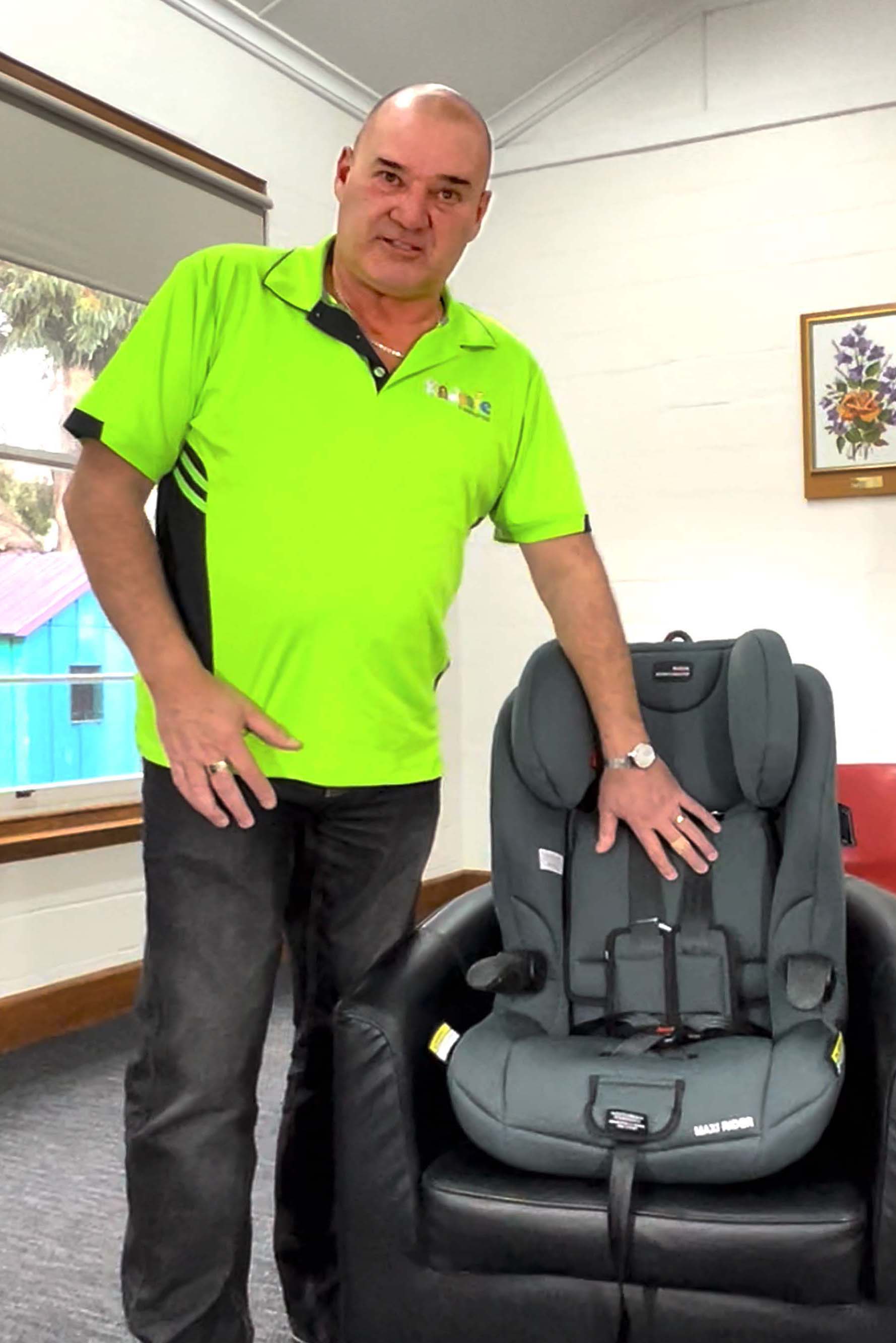
Don’t forget, we are available to check and fit child restraints.
Experienced Road Safety Manager, Peter Gillon, has built up a statewide car seat fitting service, with fitters in Hobart, Launceston, Devonport and Burnie.
Fitters are:
Hobart - Peter Gillon - 0407 692 403
Launceston - Fiona - 0409 560 213
Burnie / Devonport - Shona - 0435 779 887
Services of the unit include:
-
Correctly fit child restraints and inspect existing installations, with much work being done with groups such as Family Day Care. Details of fees on application.
- Car seat consultations - advice/problem solving
- Advise on correct child restraint use
- Assist clients in selecting suitable car restraints
- Identify vehicle and restraint suitability
- Design and install transport solutions for kids with special needs, incl. postural and behavioural support
- Training and education - of parents and carers, as well as professionals who work with kids
- Advocacy for safe child transportation
- Free seat fittings available for holders of a Health Care Card - conditions apply.
Enquire about having us at your childcare centre, playgroup, or parent group for free checking sessions for people who come along.
Contact Pete Gillon: 0407 692 403 Email: pgillon14@gmail.com
Child Car Restraint Education Session
This was a presentation to the Pregnancy Babies and Children's Expo and is a valuable resource for educators and parents on safe fitting of child restraints. Click link below to download full PDF file.
Click to download the full PBCE Child Restraint Presentation
Child Restraint Laws (Started 2009)
Click to download detailed PDF HERE
These rules require:
- Children under the age of six months: to be restrained in an approved rearward facing child restraint (e.g. infant capsule)
- Children from six months to less than the age of four: to be restrained in either an approved rearward facing child restraint or an properly fastened and adjusted approved forward facing child restraint with inbuilt harness (e.g. child safety seat)
- From November 30 2010, children aged between 4 years and under 7 years must use an approved, properly fastened and adjusted forward facing restraint OR an approved booster seat which is properly positioned and fastened.
There are also new laws for where children can sit in vehicles:
- If a car has two or more rows of seats, then children under 4 years must not travel in the front seat.
- If all seats, other than the front seats, are being used by children under 7 years, children aged between four and six years (inclusive) may travel in the front seat, provided they use an approved restraint or booster that is properly fitted.
It is the driver's responsibility to ensure that passengers are properly restrained in a seat belt or approved child restraint. There are penalties for drivers who do not ensure that their passengers are properly restrained.
For more detailed information on changes please refer to DIER's Road Rule Fact Sheets, these fact sheets include information regarding use of mobile phones while driving, visual display units, cyclists, pedestrians, child restraints, seat belts, motorised scooters (wheeled recreational devices), drivers, parking, motorcyclists and summary of other road rule changes at: http://www.transport.tas.gov.au/road_safety_rules
A full version of the Road Rules can be viewed at www.thelaw.tas.gov.au from Nov 30 2009
Restraint Standards
child restraint standards AS/NZS 1754
restraints for children with disabilities AS/NZS 1470
FAQ's:
Why are the child restraint laws changing
Research suggests that children are being moved into bigger seats - or are prematurely graduating to seatbelts alone - when this is not appropriate for their size. Adult seatbelts do not fit properly over a small child's lap and shoulder, exposing the child's abdomen and neck to serious injury in the event of a crash. A child that is properly secured in an approved child restraint is less likely to be injured or killed in a car crash than one who is not.
What if the recommended restraint isn't suitable for my child?
While the new laws aim to cater for the majority of children, a provision will be included to ensure a child is not required to use a restraint unsuitable for their size and weight (for example a child who is too tall or heavy for the restraint must use a restraint for the next age category).
Why do the new rules refer to age instead of size or height and weight?
Research conducted by the Centre for Automotive Safety Research indicates that regulations specifying child restraint usage by age (rather than by height or weight) will result in the smallest number of children being inappropriately restrained. Guidelines are also easier for parents and carers to understand and follow if given in terms of age.
What is an 'Approved Child Restraint'?
Approved child restraints comply with Australian Standard (AS) 1754 and must be correctly anchored to the vehicle using an Australian Standard's approved anchorage system.
The child restraint must be correctly fitted and properly adjusted for the child using the restraint at all times.
All child restraints sold in Australia must meet the strict requirements of the AS 1754 covering the materials, design, construction, performance, testing and labelling of child restraints.
Restraints bought in other countries will not meet the Australian Standard - it is illegal to use them in Australia.
What types of child restraints are available?
Standards-approved, size-appropriate restraints already exist in Australia. As children grow, they require different sorts of approved child restraints:
Infant capsule - is a rearward facing restraint for infants up to 9kg (birth to approx six months old). It has its own inbuilt harness system. These restraints are also known as rearward facing child restraints. They all use a top tether.
Child seat - is a forward facing seat for children between 8-18kg (approximately six months to four years old). It has its own inbuilt harness system. These restraints are also known as forward facing child restraints. They all use a top tether.
Booster seat - is a device that increases the child's seated height when using a seatbelt. These restraints are also known as boosters. The Standard defines booster seats as being suitable for children between 14-26kg (approximately four up to seven years old). Older style boosters were just a cushion. Recent designs have a seat back and some have side wings that support and protect the head. A booster seat is restrained by a properly adjusted seatbelt or child safety harness. Some boosters use a top tether.
Child Safety Harness - is a device that can be used in conjunction with a booster seat up to the weight of 26kg. Once the child has grown out of the booster seat a child safety harness can be used up to 32 kg without a booster if the child is unable to wear the seatbelt correctly.
Convertible child restraint - is one that can be used in more than one mode. For example a restraint combining an infant capsule and child seat, or combining a child seat and booster seat are commonly referred to as convertibles.
Is it safe to buy a second-hand child restraint?
It may be cheaper to buy a second-hand restraint, but you'll need to check its safety history.
Check for obvious signs of wear - harnesses that are frayed or faded or if the plastic shell or buckle is cracked or broken. Only use restraints which carry the Australian Standards 1754 Mark. Restraints that don't carry this mark do not comply with the Australian Road Rules and may compromise the child's safety in the event of a crash.
Test the buckle and adjusters to make sure they work properly and ask for the instruction manual. If it's missing, get the manufacturer to send you a copy.
It is important to note that restraints that use Velcro bindings can no longer be sold, hired, donated or given away.
Never use a restraint which has been involved in a crash.
If you are uncertain about the safety history of a second-hand restraint, it is recommended that you look for other alternatives where the safety history is known.
Can I use my existing child restraint?
Yes, if it complies with AS 1754, is not more than 10 years old and is in proper working order.
I have a restraint that is 10 years old - can I use that one?
It is not recommended that a child restraint be used after ten years of age because:
Restraints older than ten years cannot be guaranteed to perform as they were originally intended; and
The Australian Standards have been improved significantly since 1991 and were updated in 1995, 2000 and 2004. Older restraints will not meet new improved design features.
Is it possible to fit three child restraints across the back seat of my car?
There is considerable variation in the types of child restraints and brands available for purchase. It will depend on both the child restraints chosen, including the combination of restraints required to appropriately restrain your children and the make and model of your car to know whether this is possible.
Don't forget - you will also need to find out whether there are enough anchorage points in your vehicle with which to fit the restraints. If you are unsure where the anchorage points are located in your vehicle, refer to the vehicle owner's manual under the section of "Child Restraints" or "Child Restraint Anchorage Systems".
A big thanks to The Wiggles for their contribution to 2012 National Kidsafe Day - a great road safety song, 'Beep, Beep, Buckle Up'. Good luck getting it out of your head!!!!! Click here to watch the video.



